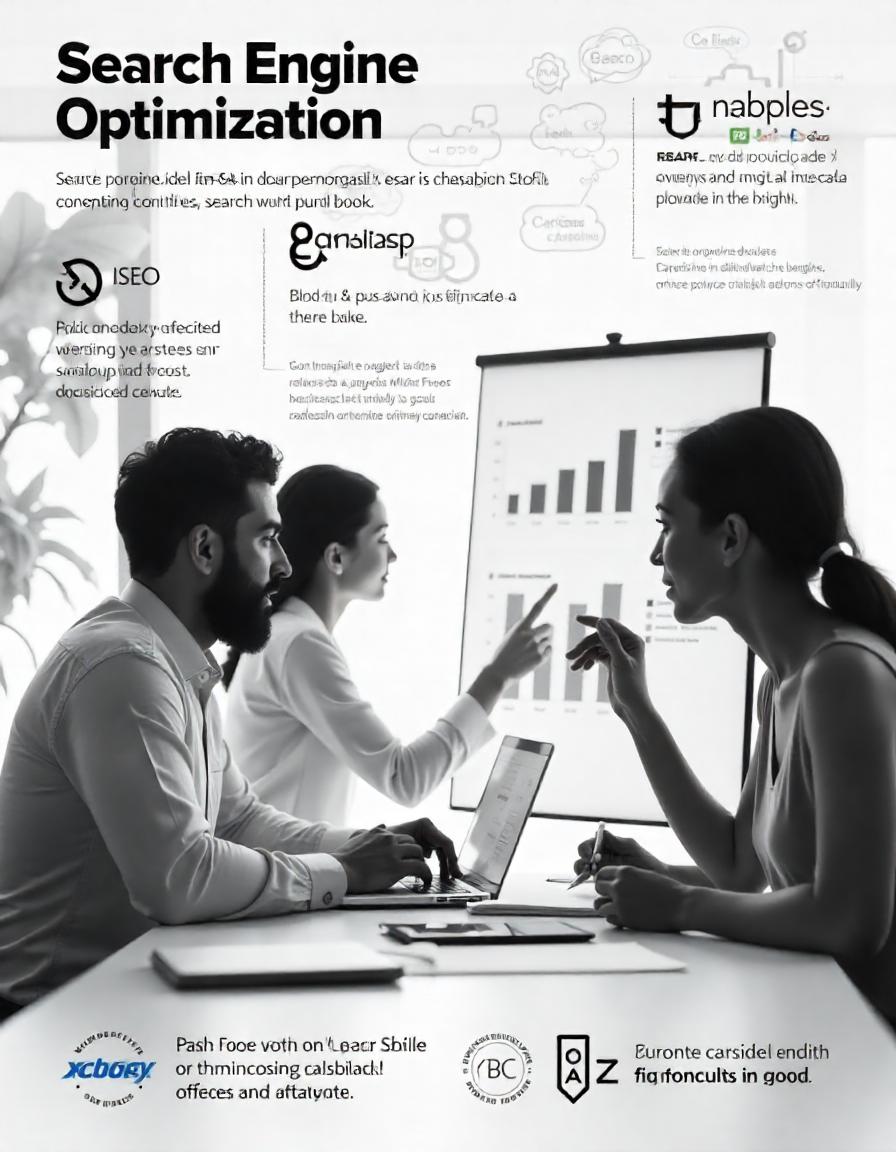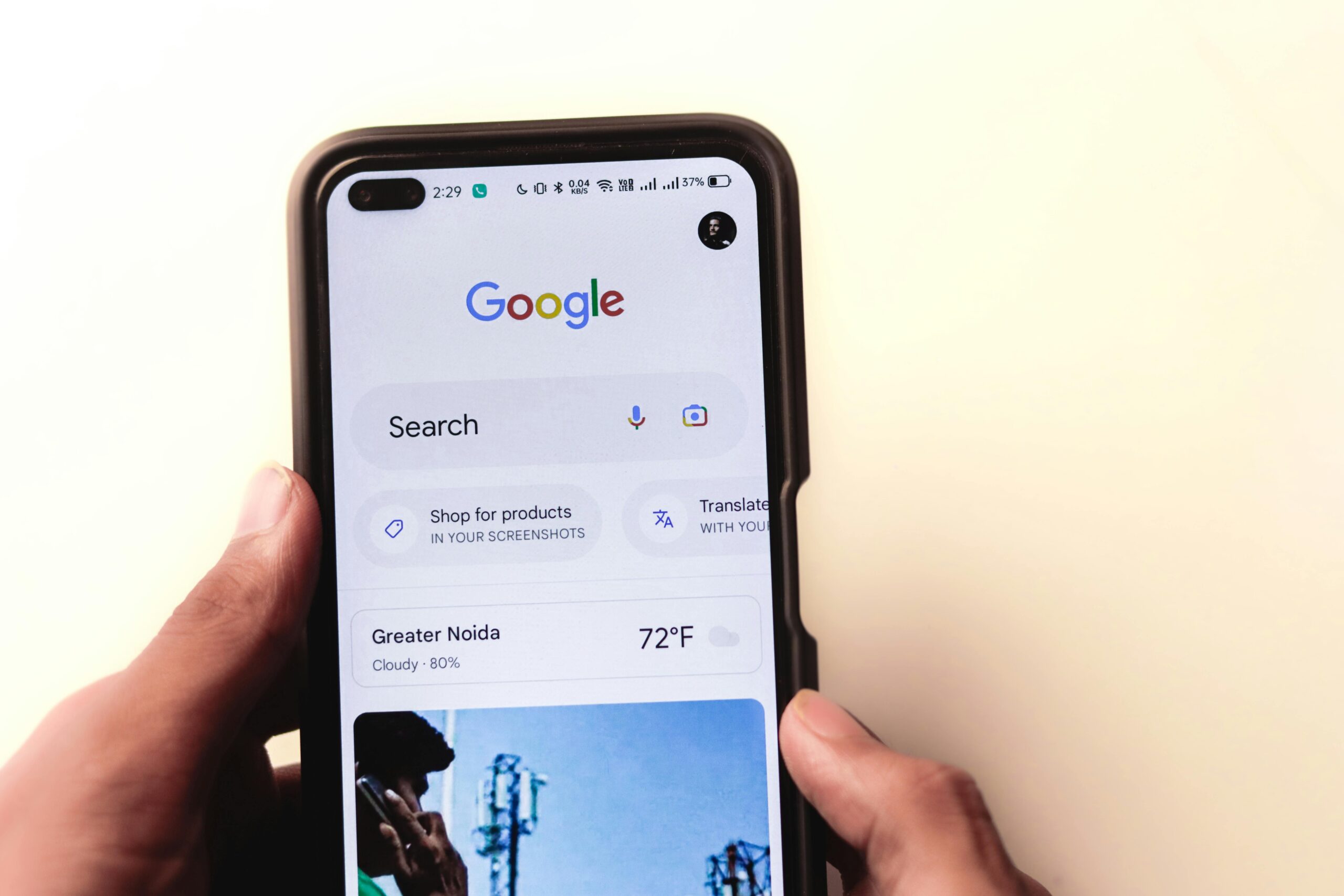What is Search Engine Optimization (SEO)?
Search Engine Optimization (SEO) refers to the process of improving a website’s visibility on search engines like Google, Bing, and Yahoo. The primary goal is to increase organic (unpaid) traffic by ensuring that the website ranks higher in search engine results pages (SERPs) for relevant keywords. SEO is a critical component of digital marketing, helping businesses attract visitors who are actively searching for products, services, or information.
Affiliate Marketing for Remote Workers: How to Start Earning Commissions from Your Digital Presence
How Does SEO Work?
SEO works by optimizing various aspects of a website and its content to meet search engine algorithms’ criteria for ranking pages. These algorithms assess a variety of factors, such as relevance, user experience, authority, and mobile compatibility, to determine where a website appears in search results.
SEO can be divided into three main categories:
- On-Page SEO: This focuses on optimizing individual pages to make them more search engine-friendly. On-page SEO elements include:
- Keyword Optimization: Incorporating target keywords into titles, meta descriptions, headers, and the body of content to align with search intent.
- Content Quality: Providing valuable, relevant, and informative content that addresses users’ needs.
- URL Structure: Creating short, descriptive, and user-friendly URLs that contain relevant keywords.
- Internal Linking: Linking to other relevant pages within your site to help search engines understand the site structure and distribute authority.
- Off-Page SEO: Off-page SEO involves activities outside of your website that help improve its authority and relevance, primarily through:
- Backlinks: Earning links from other high-quality websites, which act as a vote of confidence, showing search engines that your site is credible.
- Social Signals: While social media activity doesn’t directly impact rankings, having a strong social presence can increase visibility and drive traffic, indirectly boosting SEO.
- Brand Mentions: When reputable websites mention your brand, even without linking, it signals to search engines that your site has authority.
- Technical SEO: Technical SEO ensures that a website meets the technical requirements of search engines for crawling and indexing. It includes:
- Site Speed: Fast-loading websites offer a better user experience and rank higher in search results.
- Mobile-Friendliness: With mobile-first indexing, search engines prioritize websites optimized for mobile devices.
- XML Sitemap: A sitemap helps search engines understand the structure of your site and index it efficiently.
- Robots.txt: This file tells search engines which pages they should or should not crawl.
How To Make Money With The Moniepoint Bank App
The Key Components of SEO
- Keywords: Keywords are at the heart of SEO. They are the terms and phrases that users type into search engines when looking for information. The right keywords can make or break an SEO strategy. Keyword research is the process of identifying these terms and incorporating them into your website content strategically.
There are two main types of keywords:- Short-Tail Keywords: Broad, general search terms like “shoes” or “laptops.” While these have high search volumes, they are also highly competitive.
- Long-Tail Keywords: More specific search queries like “best running shoes for women” or “affordable gaming laptops under $1000.” Long-tail keywords are less competitive and more likely to convert because they target specific user intent.
- Content: Content is a crucial ranking factor for SEO. Search engines prioritize websites that deliver high-quality, valuable, and relevant information. When crafting content for SEO, consider the following:
- Originality: Avoid duplicate content, as search engines penalize sites that copy material from other sources.
- Comprehensiveness: Provide detailed, well-researched information that answers users’ questions thoroughly.
- User Intent: Focus on what users are looking for when they enter a specific search query and tailor your content to meet that need.
- Content Freshness: Regularly updating your content ensures it stays relevant and up-to-date with current trends and information.
- User Experience (UX): Search engines reward websites that provide a positive user experience. UX elements that influence SEO include:
- Mobile Optimization: Ensuring your site is responsive and functions well on mobile devices is critical for both user experience and rankings.
- Easy Navigation: A clean, well-organized site structure makes it easier for users (and search engines) to find what they’re looking for.
- Bounce Rate and Dwell Time: Websites that engage users and encourage them to spend more time on the site generally rank higher.
- Backlinks: Backlinks are links from external websites that point to your site. They serve as a signal of trust and authority to search engines. The more high-quality backlinks you have, the higher your site will likely rank. However, not all backlinks are created equal. A link from a reputable, authoritative website will have a greater impact than many links from low-quality or spammy sites.
Strategies to build backlinks include:- Guest Blogging: Writing high-quality articles for other websites with a link back to your site.
- Influencer Outreach: Collaborating with influencers or industry leaders to generate content or links back to your site.
- Broken Link Building: Find broken links on relevant websites and suggest your content as a replacement.
- Site Speed and Performance: A fast-loading website is critical for both SEO and user satisfaction. Search engines like Google use site speed as a ranking factor, and slow websites may face penalties. Some ways to improve site speed include:
- Compressing Images: Reduce the file size of images without compromising quality.
- Minimizing Code: Removing unnecessary code, such as CSS and JavaScript files, can improve load times.
- Using Content Delivery Networks (CDNs): CDNs distribute content across multiple servers worldwide, reducing the time it takes for your site to load for traffic and leads for months or even years.
- Trust and Credibility: High rankings signal to users that your website is credible and trustworthy. Google and other search engines prioritize sites that provide a good user experience, quality content, and authority in their niche.
- Better User Experience: SEO and user experience go hand in hand. Optimizing for SEO improves website navigation, mobile-friendliness, and content structure, all of which contribute to a positive user experience.
- Competitive Advantage: Businesses that invest in SEO often have a significant advantage over competitors who don’t. A well-optimized site can outperform competitors in search rankings, attracting more traffic, leads, and sales.
Affiliate Marketing with Us – Sell our Digital Products as an affiliate marketer
The Importance of SEO in Modern Marketing
- As more consumers rely on search engines to find products, services, and information, SEO has become a critical element of digital marketing strategies. Whether you’re a small business owner or a large corporation, having a strong SEO presence can significantly impact your online success. Here are some reasons.
The Benefits of SEO
- Increased Visibility and Traffic: By ranking higher in search results, your website will attract more visitors. SEO helps you capture organic traffic, which is often more valuable than paid traffic because users are actively searching for what you offer.
- Cost-Effectiveness: Unlike paid advertising, SEO drives long-term results without a constant investment. While SEO requires time and effort, once a site ranks well, it can continue to generate tras why SEO is essential:
- Consumer Behavior: Most online experiences begin with a search engine. According to research, around 68% of all online activities start with a search, making it crucial for businesses to appear in the top results.
- Organic Traffic Growth: Paid advertising can provide immediate results, but SEO delivers long-term, sustainable traffic growth. Organic traffic tends to be more cost-effective and consistent over time.
- Local SEO for Small Businesses: Local SEO focuses on optimizing your website for specific geographic areas. This is particularly valuable for small businesses, as it helps them appear in local search results, driving foot traffic to physical locations.
Top Free Digital Marketing Online Courses to Boost Your Skills (Get List And Websites)
SEO is an essential part of any digital marketing strategy. By focusing on optimizing your website for search engines, you can drive more organic traffic, increase visibility, and build credibility. While SEO is a long-term investment, the results can be transformative for businesses of all sizes. Whether you’re just starting with SEO or looking to refine your existing strategy, understanding the core elements of SEO will help you achieve greater online success.
How to Earn Money Online – The Ultimate Guide to Financial Freedom
Subscribe to Safegate World for daily updates.
Check Out Our Premium Services
To Advertise, Advertise Your Affiliate Links on Safegateworld.com
Become a Digital Marketer – Your Complete Guide with 500 Digital Marketing Sites To Start Your Career Immediately!
Related Articles
Can Digital Marketing Make You Rich?
Digital Marketing and Affiliate Marketing










